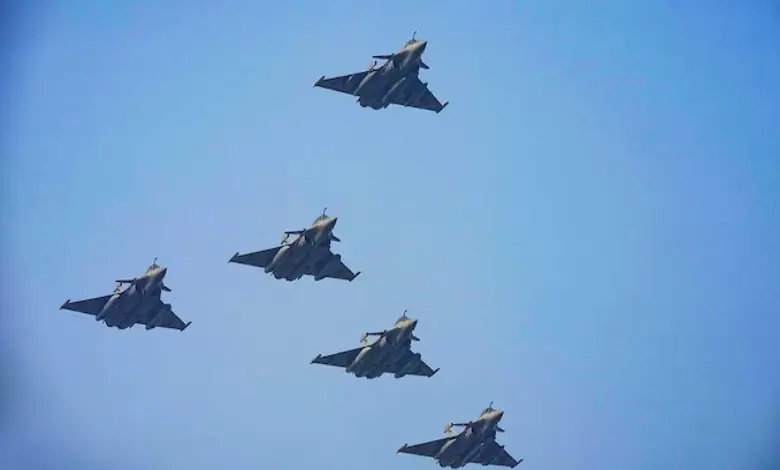In response to India’s precise and restrained Operation Sindoor on May 7, Pakistan launched a widespread aerial offensive targeting at least 15 military installations across northern and western India during the night of May 7 and 8. However, the coordinated drone and missile assault was effectively neutralised by India’s advanced air defence network, according to the Ministry of Defence.
Debris from the intercepted Pakistani drones and missiles was found across a broad swathe of Indian territory from Awantipora in Jammu and Kashmir to Bhuj in Gujarat’s Rann of Kutch. Defence officials attributed the successful response to India’s Integrated Counter-UAS Grid and air defence systems, which detected and disabled the incoming threats before any damage could occur.
How India’s Integrated Counter-UAS Grid Works
The Integrated Counter-Unmanned Aircraft Systems (C-UAS) Grid is a multi-layered security network that detects, identifies, and neutralises aerial threats like drones and missiles. Using a combination of radar, radio-frequency sensors, optical systems, and acoustic detectors, the system scans Indian airspace for potential threats.
Once a hostile aerial object is detected, countermeasures such as signal jamming, GPS spoofing, or direct interception are deployed. These tools are designed to disrupt or destroy the threat before it reaches critical infrastructure, according to Dedrone, a U.S.-based counter-drone technology firm.
Given India’s vast geographical size over 3.2 million square kilometers maintaining an effective and responsive aerial defence system is a considerable challenge. The C-UAS Grid addresses this by creating a network of defence nodes that coordinate to monitor and respond to threats in real time.
However, India’s systems are not yet fully integrated due to hardware and software compatibility issues between various imported and indigenous technologies. Despite this, defence officials say progress is being made towards interoperability.
India’s Multi-Layered Air Defence Arsenal
India’s air defence relies on a range of systems that work at various altitudes and distances to create a layered security shield:
- Long-Range: The Russian-imported S-400 Triumf system, with a range of up to 450 km, serves as India’s first line of defence. Three squadrons have been delivered so far, with two more expected by 2026 under a $5.43 billion agreement signed in 2018.
- Medium-Range: The MR-SAM and Barak 8 systems, jointly developed by India’s Defence Research and Development Organisation (DRDO) and Israel Aerospace Industries (IAI), protect zones up to 150 km. These are deployed across land and sea platforms.
- Short to Medium Range: The Akash system, developed domestically, covers 30–50 km, offering another layer of defence for inland and border zones.
- Short-Range: The Israeli Spyder system, capable of intercepting threats within 8–10 km, is used to protect high-value targets and sensitive areas.
- Very Short Range: Legacy platforms like the Pechora and OSA-AK from the Soviet era are still in use but are gradually being replaced. India also employs VSHORAD systems such as the Shilka and Tunguska, designed to intercept threats at extremely close range.
This multi-tiered air defence architecture was instrumental in intercepting and neutralising the Pakistani offensive, highlighting its strategic importance and operational readiness.
The incident marks a significant real-time validation of India’s expanding defence grid and underlines the country’s capability to defend against complex and wide-ranging aerial attacks.
